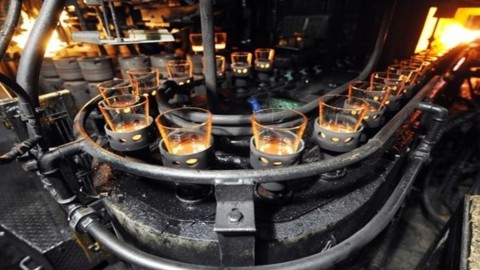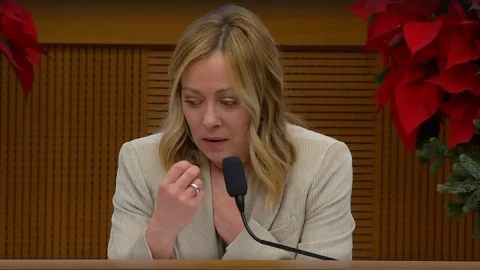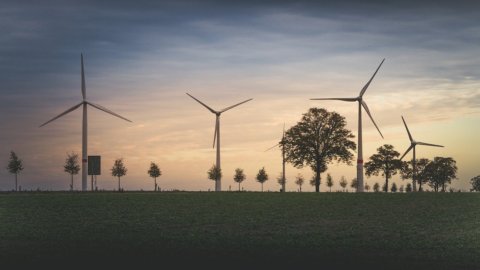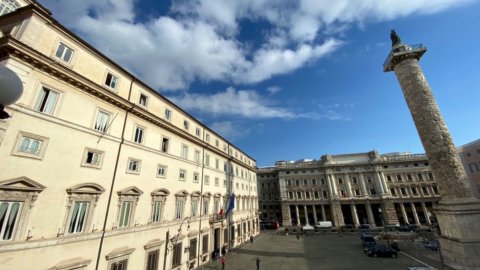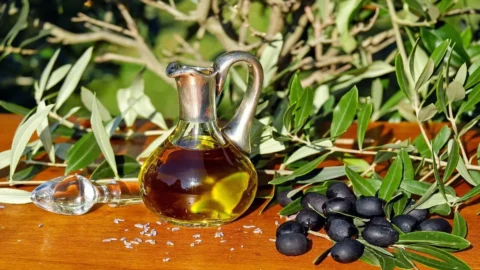Reduce emissions of CO2 in the industry of glass using hydrogen. This is the objective of a new working group made up of Snam, Rina, Luigi and Rocco Bormioli, Stara Glass, the University of Genoa, the Experimental Glass Station, Ifrf Italia, Sgrpro and Rjc Soft.
"The manufacture of glass objects, of which Italy is the second largest producer in Europe with over 5 million tons per year, is energy-intensive and difficult to electrify - reads the note - For this reason the divine project (Decarbonisation of the Glass Industry: Idrogeno e Nuovi Assetti), coordinated by Snam, Rina and Bormioli, aims to reduce emissions in the glass melting phase, which represents more than 50% of the total energy consumption of the whole production process".
To achieve this, "hydrogen can represent a valid solution by optimizing its use in terms of energy and emissions and managing the challenges of production and transport", continues the note.
According to Snam's CEO, Marco Alvera, "hydrogen will play a key role in the decarbonisation of energy-intensive sectors such as glass to achieve national and European climate goals".
Ugo Salerno, president and CEO of Rina, recalls that this new project comes "after the first test, carried out in May, with a mix of natural gas and 30% hydrogen in steel processing".
The initiative will make it possible to evaluate the introduction of an increasing percentage of hydrogen mixed with natural gas in smelting furnaces which they produce on a regular basis. It will also be possible to verify the compatibility of hydrogen-based combustion with glass in contexts of real industrial production, after the experiments in the laboratories.
Today the main energy carrier used by glassworks is natural gas e CO2 emissions they amount to about 1.500.000 tons per year (about 3,5% of the emissions of the entire manufacturing sector). The use of a 30% hydrogen blend in glass melting processes nationwide would reduce emissions by 200 tonnes, equal to the equivalent emissions of about 100 motor vehicles.
As part of the project, the design rules of the "Furnaces 4.0”, capable of guaranteeing the best performance even with higher percentages of hydrogen, up to 100%.
The all-Italian group represents the entire supply chain, as it involves specialists in the energy sector, glass groups, players in the field of fuel production and transport, companies active in the certification and integration of complex systems, glass melting furnaces and university and research centres.

